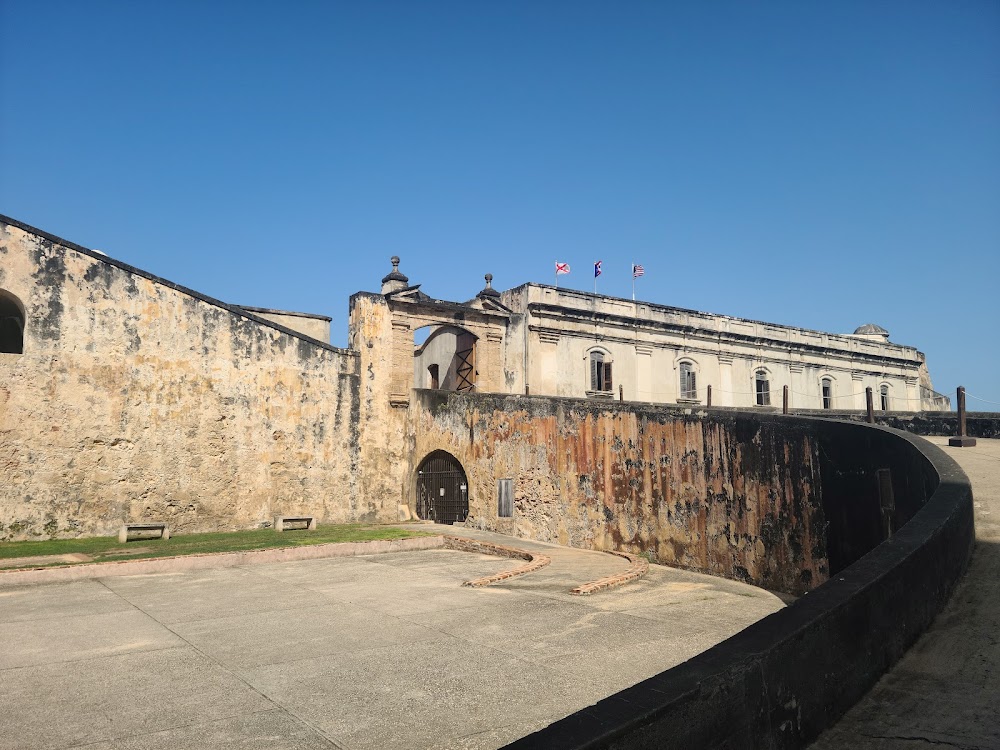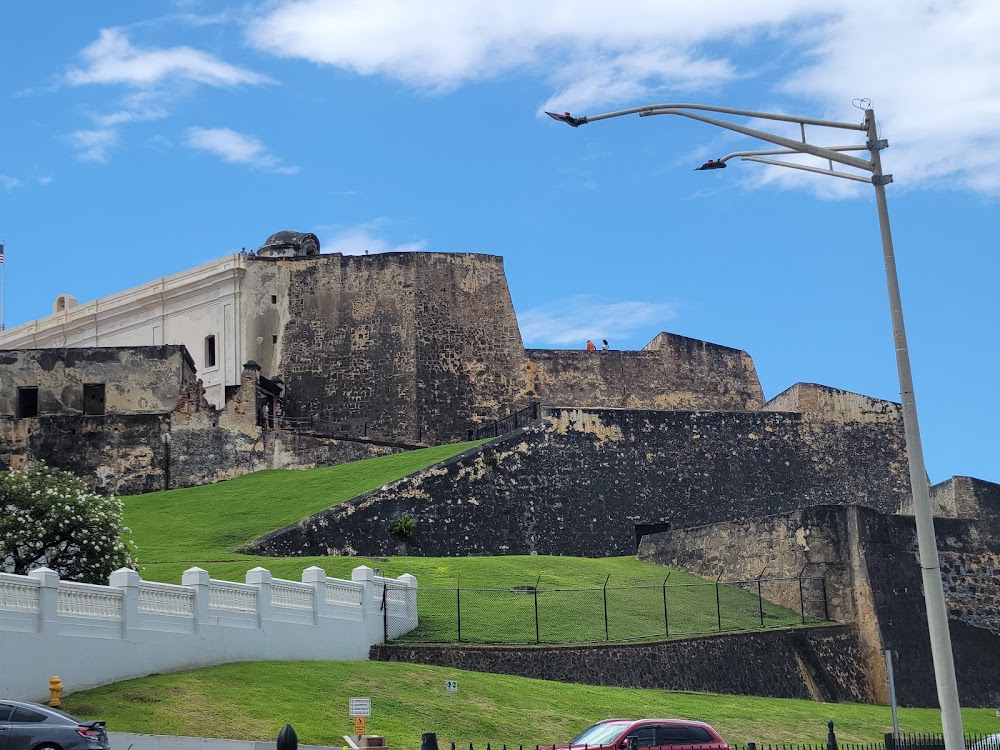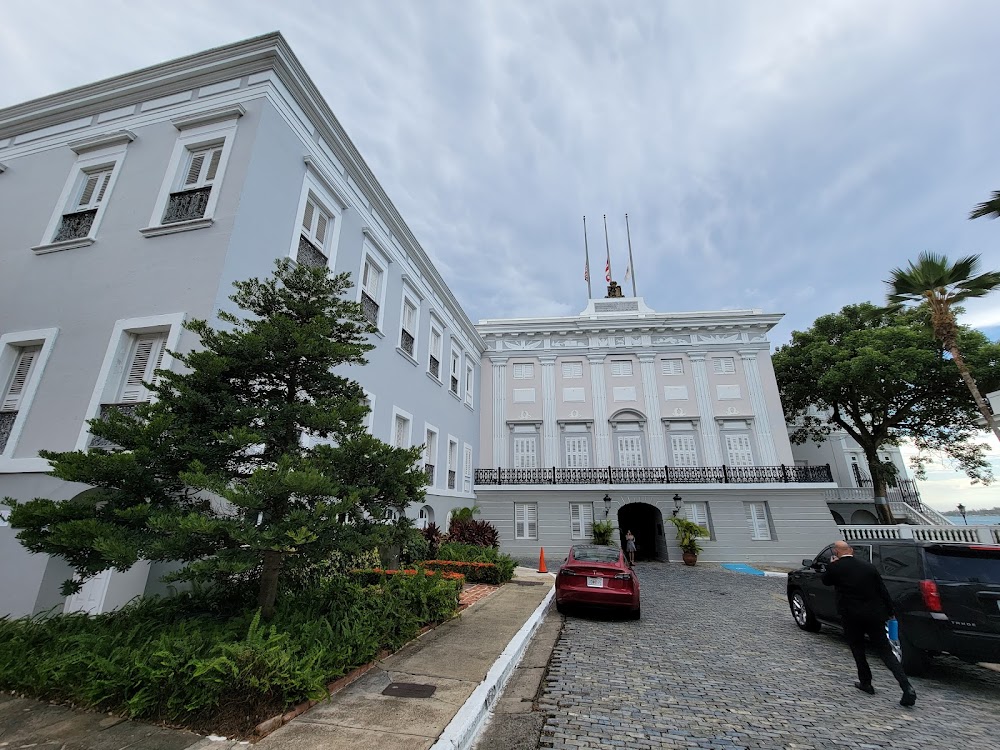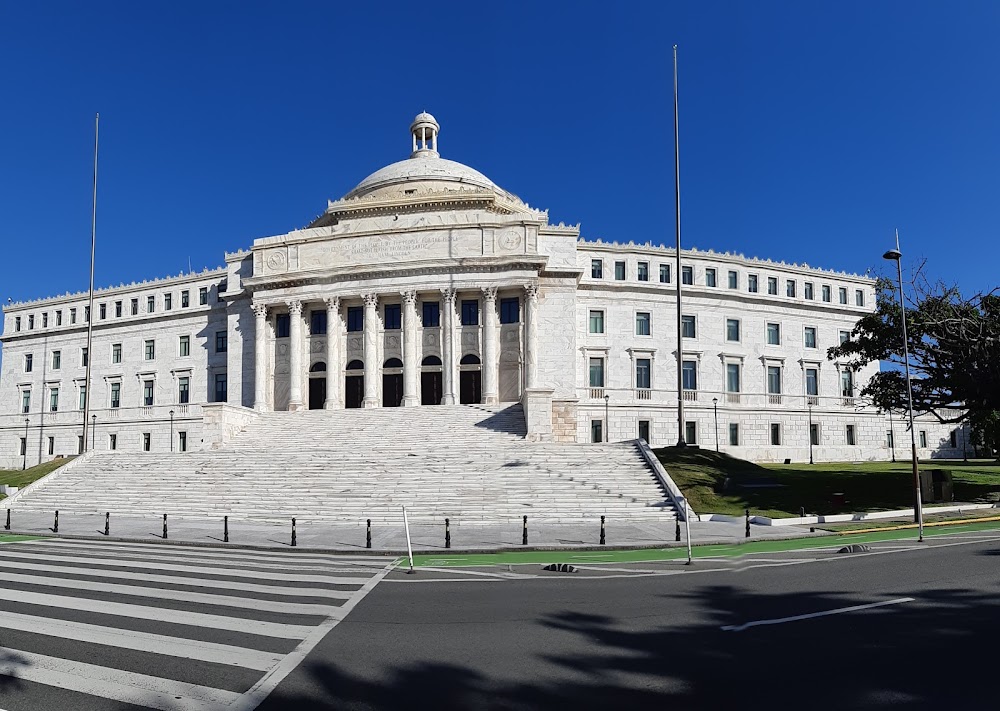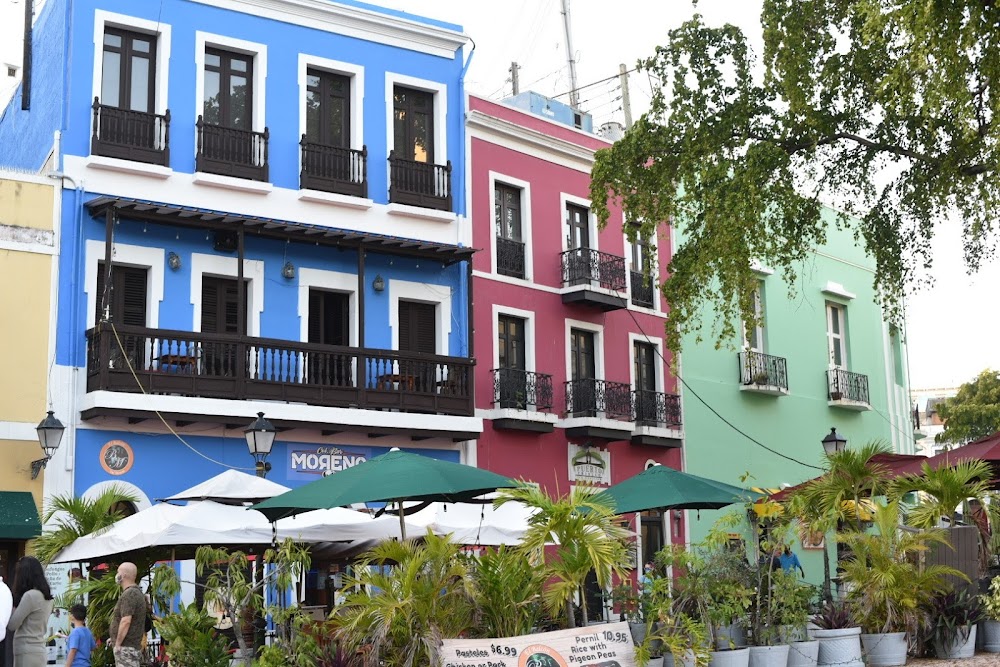Castillo de San Cristóbal (Castillo de San Cristóbal)
Overview
Castillo San Cristóbal: A Marvel of Military Engineering Nestled in the vibrant city of San Juan, Puerto Rico, Castillo San Cristóbal stands as a remarkable testament to military engineering. Construction of this formidable fortification began in 1634 and spanned over 150 years, driven by the Spanish desire to safeguard San Juan from potential enemy assaults, particularly from the British and the Dutch. Together with the nearby Castillo San Felipe del Morro, this fortification formed a robust defensive system that played a critical role in protecting the city. Architectural Grandeur and Strategic Design One of the most captivating features of Castillo San Cristóbal is its expansive design. Covering 27 acres, it ranks as the largest European fortification in the Americas. The fort’s architecture includes a series of interconnected walls, ingeniously layered to create multiple lines of defense. Comprising five independent units, each section was capable of coordinated fire efforts to deter invaders, showcasing the fort's strategic ingenuity. The Construction Process: A Labor of Love The construction of Castillo San Cristóbal was an arduous endeavor, requiring the dedicated efforts of soldiers and skilled laborers, including master stonemasons and engineers. Utilizing locally sourced materials like limestone and sandstone, workers quarried and crafted the stones on-site. Ingenious techniques were employed to construct features such as the Hornwork, which provided a tactical advantage by enabling defenders to execute enfilade fire along the flanks of attacking forces. Historical Significance and Notable Events Over its storied history, Castillo San Cristóbal has been a silent witness to significant events. A notable moment occurred in 1797 when the British, led by Sir Ralph Abercromby, made a bold attempt to seize San Juan. The fort’s powerful cannons, combined with the bravery of its defenders, successfully repelled the invasion, underscoring its strategic importance. During this period, the Spanish fortified the structure further, adding defenses like the San Juan Gate to better secure the city. Modernization Under American Control In the late 19th century, under U.S. control, Castillo San Cristóbal underwent several important modifications. American forces modernized the fort, installing concrete bunkers and observation posts as part of a comprehensive coastal defense system. These updates ensured that the fort held strategic significance during both World Wars, although it was never directly attacked during these global conflicts. A Journey Through Time: Exploring Castillo San Cristóbal Today, exploring Castillo San Cristóbal offers visitors a captivating glimpse into the past. Wander through dark tunnels, ascend the very walls once manned by soldiers, and stand on expansive battlements that provide breathtaking views of the Atlantic Ocean and the historic Old San Juan. The main plaza, or parade ground, serves as a focal point within the fort, surrounded by storerooms, barracks, and guardhouses that reveal the daily lives of the garrison. The Legend of the Garita del Diablo One of the fort's most intriguing features is the Garita del Diablo, or "Devil’s Sentry Box." Perched on a rocky outcrop, this small sentry box carries a legendary reputation. Local folklore suggests that soldiers stationed at this solitary post would mysteriously vanish, adding an air of mystique to the fort's already rich history. A Symbol of Heritage Presently, Castillo San Cristóbal is part of the San Juan National Historic Site, managed by the National Park Service. It stands as a symbol of Puerto Rico's historical and cultural heritage, attracting hundreds of thousands of visitors each year who come to marvel at its architectural brilliance and learn about the island’s colonial past. Whether you are a history enthusiast, an architecture aficionado, or simply a traveler eager to connect with Puerto Rico’s vibrant past, Castillo San Cristóbal promises an unforgettable journey through time. The fort's majestic walls and storied history continue to stand as sentinels of the past, echoing the tales of those who built, defended, and lived within its mighty embrace.


